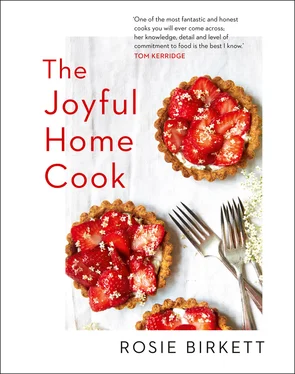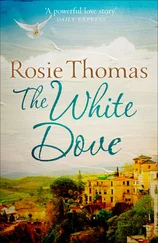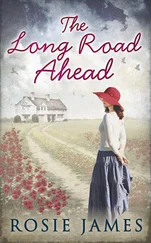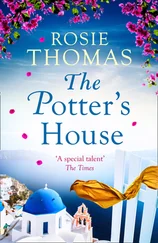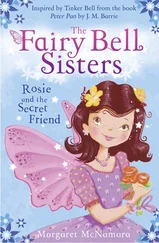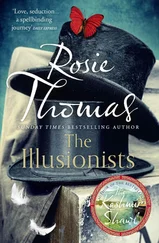In particular, I’m excited about the fermented recipes. What I love most about the process is that anyone can do it in any home kitchen: you don’t need any fancy kit. It’s as simple as salt, ingredients and patience. That naturally occurring wild yeasts and bacteria we can’t see work together to transform ingredients into something fizzing, tangy and delicious can feel miraculous, and sometimes a little nerve-wracking, but it’s the most natural of processes, and one which we can control. The resulting foods are packed full of good bacteria, making them great for our guts and digestion, and their flavours are quite literally alive and completely revelatory: just wait until you try Fermented Green Chillies (see here), and the tangy spiciness they will add to your pizzas, salads and the addictive cheesy cornbread (see here).
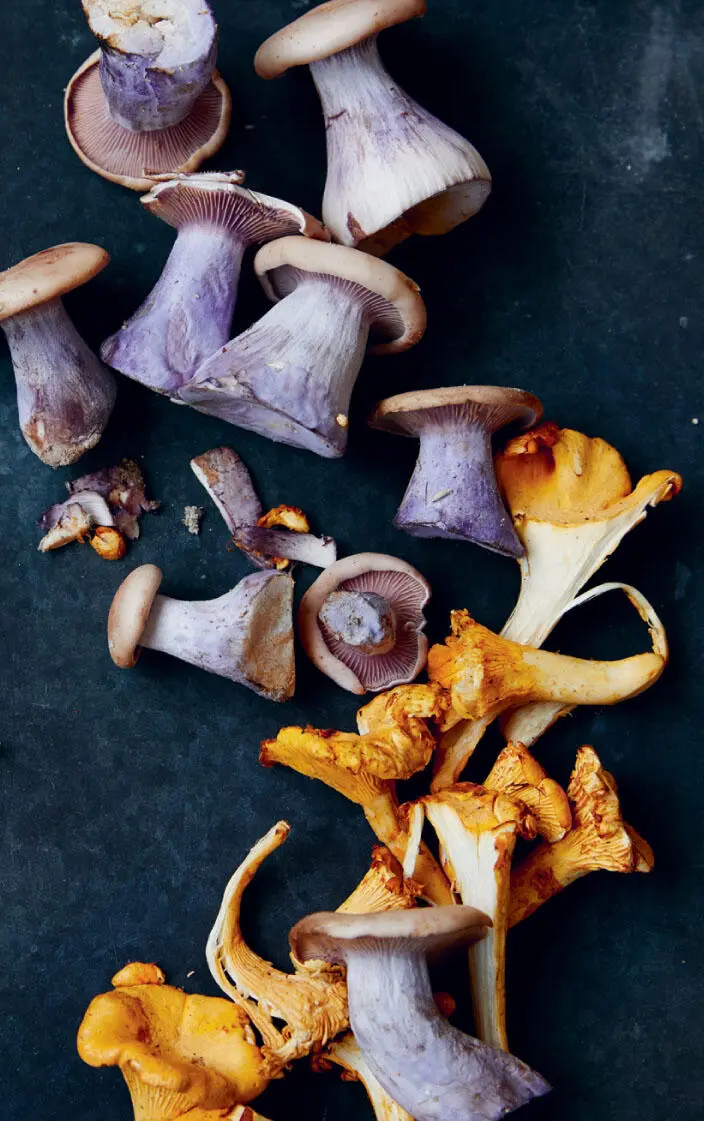
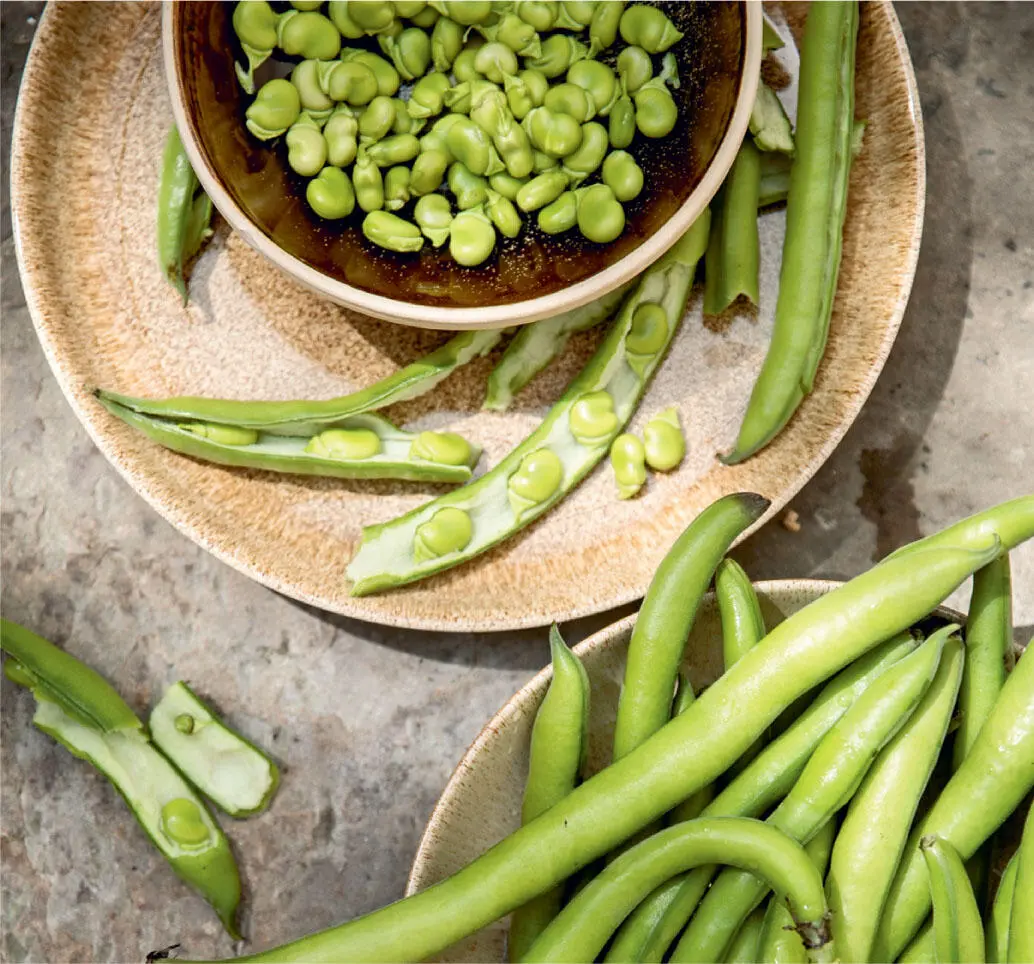
Mastering sourdough at home has been life-changing for me, so I was determined to include a really accessible, straightforward recipe (see here). It’s my failsafe method for a steadfast, tasty bread, and you only need flour, water, a bowl and a lidded, ovenproof pot or casserole dish: no special proving basket is required (though if you have one, of course put it to use). If you’ve never made it before, I can’t wait for you to experience the thrill of cutting the hefty crust of your first loaf of homemade sourdough, to spread with butter while it’s still warm because you’re so impatient.
Home cooking is, by its nature, not about perfection; things can be improved upon, tweaked to suit a person’s palate, or adapted to use up what’s in the fridge or storecupboard and I wholeheartedly encourage this. It’s about thought, care, resourcefulness and creativity, and making these recipes your own. But most of all it’s about slowing down and enjoying the process, learning and gaining confidence, experimenting and taking risks. Sure, sometimes things go a little wrong, but try and be kind to yourself. If homemade pastry rips, patch it up – it will still taste better than anything you could have bought. In my experience of cooking for friends and family at home, and paying guests at my pop-ups, most folk will be a little moved, grateful and happy when you put a plate of something tasty and thoughtfully prepared in front of them.
So often – particularly for women – the conversation around food and eating is an anxious, confusing, shame-filled one, with more of an emphasis on what to deny yourself than what to enjoy. Let’s shift the conversation back to what’s delicious, what’s worth cooking and eating, and how much happiness and satisfaction we can experience by getting to grips with the craft of cooking, spending a bit of time in the kitchen handling – and cooking with – beautiful ingredients. I’m a big believer that more wellbeing can be gained from spending time enjoying the creative process of making food for those you love, and connecting to nature and seasonality through your cooking, than stressing about how many calories are in things.
I hope these recipes will bring joy to your table, your favourite comfy chair, the garden, the beach, your bed – wherever it is you choose to eat them, and with whomever you choose to share them. Life can be tough, chaotic and often unfathomable. So many things are outside of our control, so let’s take the light where we can, and make something good for supper.
A NOTE ON SOURCING
To be able to write a book about the joys of good food, and talk to you from these pages in the intimacy of your home kitchen is a huge privilege, and not something I take lightly. It would feel disingenuous to not address the environmental and ethical implications of our consumer choices as home cooks, and while I don’t want to preach to you (because I am sure you already consider these things), I thought it might be helpful to share some thoughts. To borrow some wise words from the brilliant writer and activist Wendell Berry, ‘eating is an agricultural act’, and it’s important and empowering to understand how the way we shop, cook and eat affects the world around us, as well as our own health. Knowing where our ingredients come from and how they’re produced helps us to make better decisions with a more positive impact, and ultimately make more joyful food.
While I do still enjoy cooking and eating meat, we’re all becoming increasingly aware that the human appetite for meat and dairy is having a hugely destructive impact on our world. Like many people, I’ve massively reduced my meat consumption over the past few years. Both consciously and because my cooking style naturally gravitates towards making the most of seasonal vegetables, grains and pulses, along with sustainable fish and seafood.
I live by the idea that ‘meat is a treat’, so when I buy it I am happy to spend more on something that has been produced in as natural and sustainable a way as possible, and the same goes for dairy, poultry and eggs. The slow-grown, organic chicken you splurge on can be celebrated from its first glorious roasting to the last drop of its golden stock, which will elevate a dish of Wild Garlic Gnocchi (see here), or a warming chicken soup laced with ginger (see here).
Slow-grown animals have a better flavour because they’ve had time to lay down natural fat, and those reared with space to roam and graze, and slaughtered nearer to where they’ve lived are less stressed and therefore taste better, because stress hormones like cortisol and adrenaline present at the time of slaughter have a negative impact on the flavour and nutritional value of the meat. It makes sense that what an animal eats will affect the way it tastes, and animals that graze and forage on grassy, diverse, wildflower-rich pastures have a superior flavour. A great example of this is salt marsh lamb, one of my all-time favourite meats, which has a unique herbaceous flavour and minerality, as it grazes on coastal pastures and estuary salt marshes. Look out for it in June and July. You can read more about pasture-fed farming at www.pastureforlife.org.
It’s worth tracking down a good local butcher or farm shop where you can find out about the provenance of their meat – if you don’t have the luxury of either of these, there are plenty of helpful online resources where you can read more about ethical meat (check out bicbim.co.uk), and some fantastic direct farm-to-table box schemes such as farmdrop.com and greenpasturefarms.co.uk. If the supermarket is your main port of call, look out for RSPCA assured and the organic label. While there are plenty of farmers doing things well without being officially certified as ‘organic’, I do believe in the organic certification as a guarantee that it has been farmed or raised in the most natural way possible – in healthy, fertile soils that promote biodiversity rather than chemical-led monocultures, without routine use of antibiotics or chemical pesticides. It’s a good barometer of quality, animal welfare and care and that means, particularly in the supermarket, that it’s an easy way for us as consumers to make better choices.
You’ll notice that there are plenty of fish and seafood recipes in the book: I wrote much of it on the Kent coast, where my mum lives, and couldn’t help but feel inspired by the incredible haul at the local fishmonger Jenkins & Son. I have tried to use species that are broadly more sustainable and in line with MSC (Marine Stewardship Council) recommendations, but because monitored fish stocks are constantly changing, and vary regionally, talk to your local fishmonger about what’s in season, sustainable and plentiful in your area. Look out for fish that is line-caught, squid caught by jig, and species that are certified with a blue label by the MSC, and try and avoid any fish or seafood that has been trawled – this method of fishing destroys the flora and fauna of the seabed.
Читать дальше
